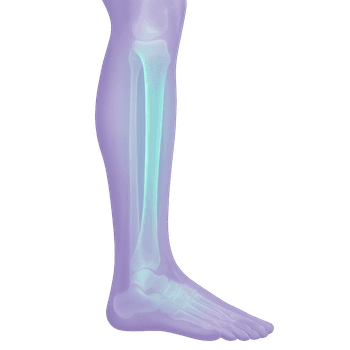Quick version
The lower leg is a key component in the movement and stability of the leg and is often affected by load-related conditions in active people.
- Consists of the tibia and fibula and surrounding musculature
- Controls weight-bearing movements and foot control
- Common complaints include periostitis and muscle spasm
- Often affected by strenuous exercise and repetitive strain
- Diagnosed through examination and sometimes imaging
What is the lower leg?
The lower leg consists of two bones: the tibia and fibula. These bones work together with muscles, tendons, and nerves to enable movement, stability, and load-bearing. The lower leg supports the body's weight when walking and running and is also important for foot control and power transmission.
Anatomy and structure
The tibia is the larger, weight-bearing bone, while the fibula is narrower and lies laterally. Surrounding the bones are muscles such as the tibialis anterior, the gastrocnemius, and the soleus (a calf muscle). Blood vessels and nerves run along the leg, providing circulation and sensation.
Function and movement
The lower leg contributes to walking, running, and jumping by transmitting force from the thigh to the foot. Movements of the ankle – dorsiflexion, plantarflexion, inversion, and eversion – are controlled by muscles in the lower leg.
Muscle groups in the lower leg
The front of the lower leg controls upward movements of the foot, while the back (calf muscles) is responsible for pushing off. The lateral muscle group helps stabilize and rotate the foot.
Common conditions and diseases
Pain in the lower leg can be caused by periostitis, muscle strain, stress fracture, or circulatory problems. Overtraining and one-sided strain are often underlying factors.
Examination and diagnosis
Diagnosis is made through clinical examination, palpation of muscles and bones, and sometimes X-rays, MRI of the lower leg or ultrasound. The doctor will also check circulation and nerve function to rule out serious conditions.
Relevant symptoms
- Pain with exertion or exercise
- Tenderness along the shinbone
- Swelling or stiffness in the leg
- Numbness in the foot or toes
- Cramps in the calf muscle
Related conditions and diagnoses
- Periosteal inflammation (medial tibial syndrome)
- Stress fracture of the tibia or fibula
- Muscular compartment syndrome
- Achilles tendinitis
- Deep vein thrombosis (DVT)
























